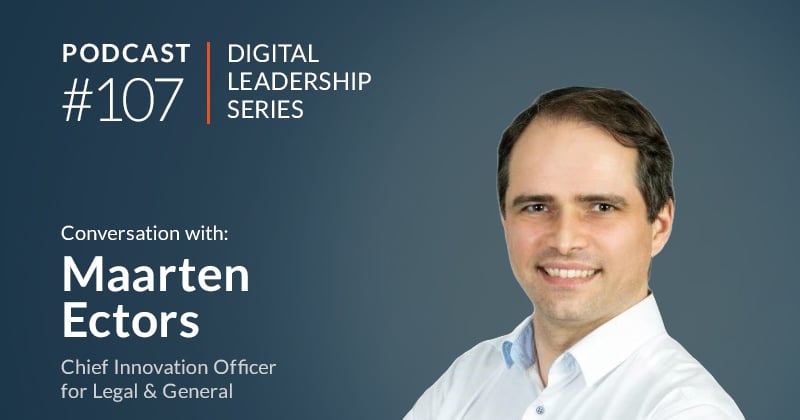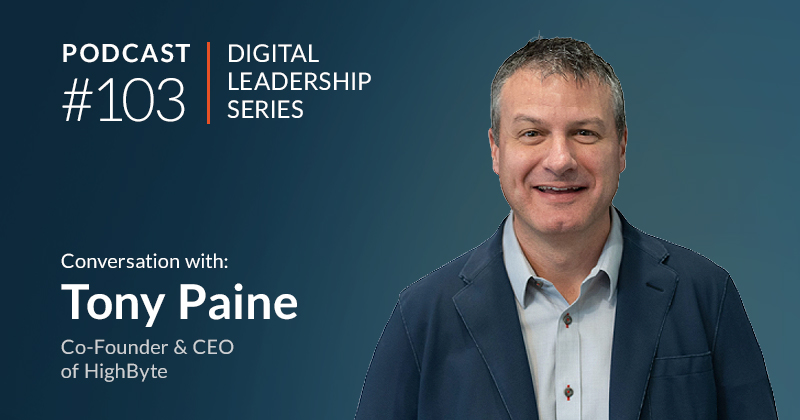Value Vector
How Smart Technology Can Minimize The Threat of Wildfires
Sandra Mueller

Bush and forest fires have a devastating impact - they can cost the lives of humans and animals, destroy hectares of natural land while decimating communities and businesses. We've seen recent fires near Athens and Keneta in Greece take the lives of over 88 people and serious wildfires demolishing forests in parts of Europe and California. This article takes a look at some of the innovations technology can offer and some of the challenges of creating ideas and turning them into real devices.
The reality is that wildfires can be particularly difficult to treat as they may be in isolated areas with rough terrain. They can spread fast and not only decimate forests but put neighboring lives and homes at risk. In a desperate response in Sweden, the Swedish Air Force deployed two fighter planes with laser-guided bombs to attack the front lines of forest fires raging through the country. At noon on July 25th, the Armed Forces dispatched two Jas 39 Gripen fighter jets to drop a bomb on the flames as a last resort, with the hope that the pressure from the blast would help contain the blaze. The aim was to remove the oxygen from the fire with the help of the bombs and they've since reported satisfactory results.
While not quite as headline-grabbing, technology can play a massive role in monitoring fire prone areas early, identifying the early stages of fires and providing support to victims and support services. Yet, it can often be one of the first things to stop operating during a fire.
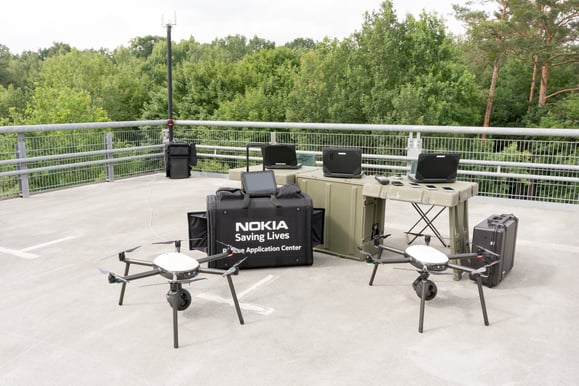
Nokia Saving Lives
Unsurprisingly, fires can lead to the sudden and wide-scale breakdown or interruption of communications infrastructure. When public communication network fails, it can wipe out access to standard mobile or landline telecommunications, in addition to Internet and even satellite-based emergency communication devices. Unavailability of communication infrastructure during a natural disaster makes it harder to locate those who may be trapped or injured and complicates the ability of emergency response teams to coordinate via standard methods of communication.
Nokia Saving Lives is a corporate non-profit initiative that provides innovative communications technology and technical-expert assistance to emergency response teams. Nokia has created an ultra-compact Network in a backpack solution can be attached to a large weather balloon or mounted under a drone. This brings instant high-speed broadband connections using 4G that provides local network connectivity and video streaming at disaster sites. Using drones and real-time applications like video streaming, gas sensing, mapping and analytics, Nokia helps rescuers rapidly gain situational awareness so they can provide the fastest possible response. Mobile broadband connectivity is provided using Nokia technology as part of a local network, typically in cooperation with a local operator.
Drones however, aren't always good near a fire - during the wildfires of 2015 in California, wildfire fighters complaining about hobbyists flying drones close to low-flying firefighting aircraft, forcing planes to be grounded, thus causing more countryside to burn.
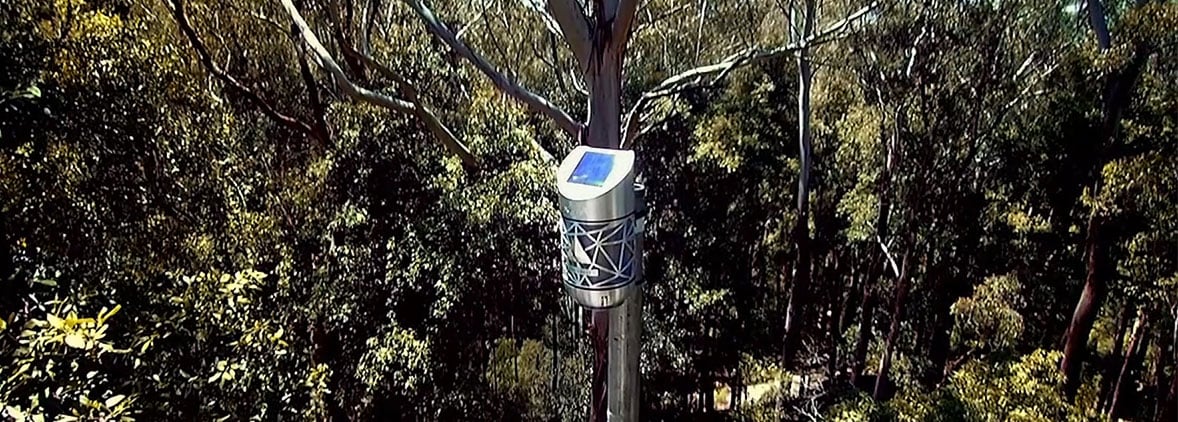
Smoke Detection Systems
Existing IoT solutions can automatically gather real-time air quality data in many areas. Armed with precise air quality data, cities can create safe evacuation plans during wildfires. Currently, sight is the number one method of wildfire and bushfire detection, so it's worth asking the question; why isn't there a smoke detector system in the forests? 1 in 10 Australian lives are threatened by bushfires each year, and it follows that Australians are focused on creating effective solutions.
Australian Insurers NRMA has teamed up with The Commonwealth Scientific and Industrial Research Organisation (CSIRO) to create FireBlanket, an early bushfire detection and monitoring network prototype made up of sensor nodes that detect bushfire smoke in the air. If smoke is detected, the nodes communicate with one another wire a wireless network to locate the source. Alerts can then be sent and situations continually monitored.
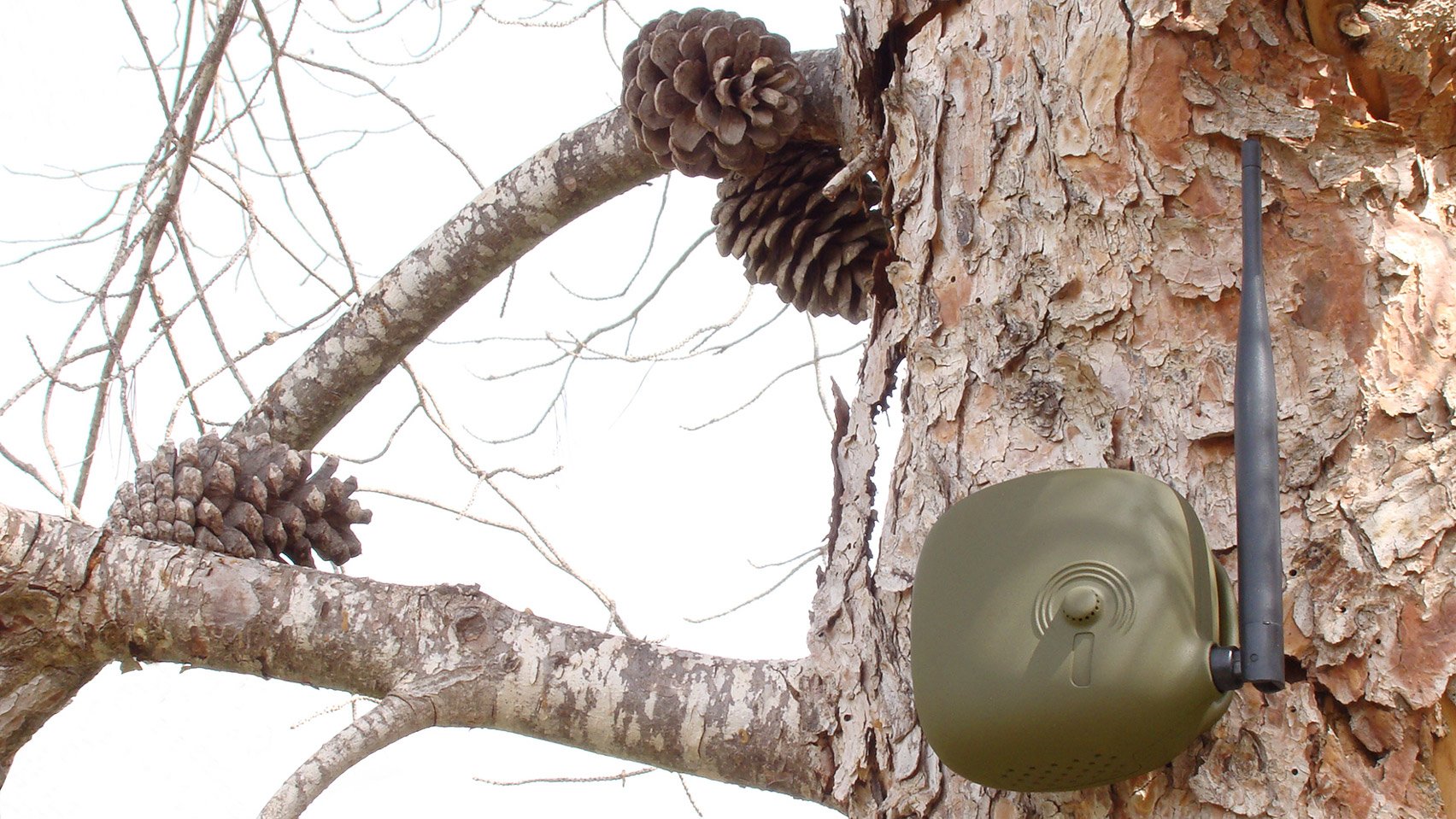
A related solution was created in Spain where tree-mounted Senticnel® technology incorporates wireless networks protecting the forest environment sensors. The system has several elements that are strategically distributed over the territory allowing people to determine levels of risk of the fire in real time, detect and locate any outbreak of fire and make a prediction of the evolution of the fire if it comes to produce.
Mounted high up on tree trunks within approximately five kilometres of each other, the pods communicate data wirelessly back to a base hub, which sends relevant notifications to any designated device. They monitor temperature, humidity, radiation, wind speed and direction while sensor data is sent to fire simulator FARSITE which allows for a simulation of the evolution of the fire in the next minutes and hours, helping to organize the work of extinction.
The Davey Remote Start Firefighter
The Davey remote start firefighter is a smart connected water pump that can be started remotely to protect the homes and businesses that lie in areas that are prone to bushfires without having to get up close to potentially dangerous areas. Those who live in bushfire areas are advised to water their roof and external walls before and during forest fires. However, protective watering of the area surrounding the premises takes some time to be an effective defender against bushfires and knowing when to activate the defence system becomes critical during a fire event, especially as many people lose their lives not evacuating in a timely manner. Having the ability to start the pump remotely allows homeowners to activate the system from a safe position, and turn off to avoid water wastage.
The Two Elephants in The Room
The problem with IoT solutions in these instances is that someone has to fund, provide and maintain the related hardware and infrastructure. There are plenty of research papers and prototypes but taking a solution to market is far more arduous as Lourdes Mandez of Aplia IoT explains:
"But the hidden costs were exceeding the expectations and the capacity of defense of an expenditure...these hidden costs came from a number of sensors multiplied by the density and extension, plus the lack of an answer to who and how would install and maintain those sensors in steep and inaccessible places. Tough work this one. And an expensive one. Sensoring system wasn’t a problem. Communication technology wasn’t a problem. IoT wasn’t a problem and it was delivering a proper technology solution, I dare to say. But there was no business case behind it according to the available budget."
It's also fair to say that increasing temperatures around the world are a contributing factor with heatwaves in the Artic circle this summer with over fifty days above 25C in Denmark this year (the average is 10) and most of Europe and England. Japan has declared a current heatwave a natural disaster, causing at least 65 deaths in the last week, and more than 22,000 people have been taken to hospital with heat stroke. Central Tokyo recorded temperatures over 40C for the first time. Reports from Algeria say that Africa's hottest ever recorded temperature was registered in the northern city of Ouargla on 5 July at 51.3C. The world is getting hotter and doesn't provide a good prognosis for preventing the increase of forest fires. Hopefully, we'll look to technology again and find the impetus to act.
![]()


